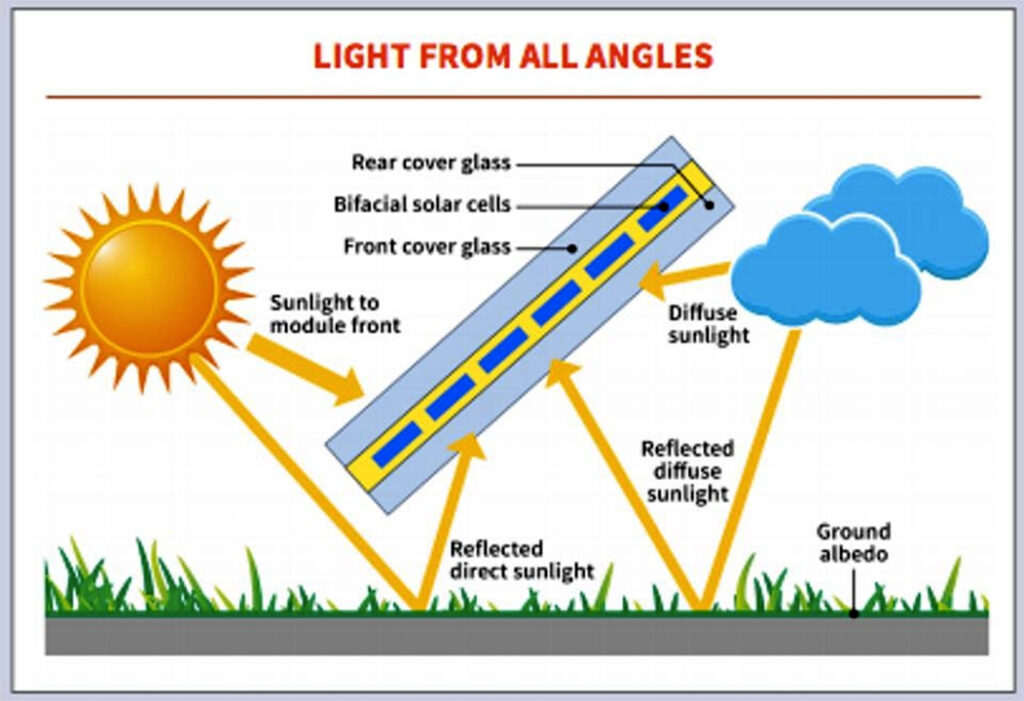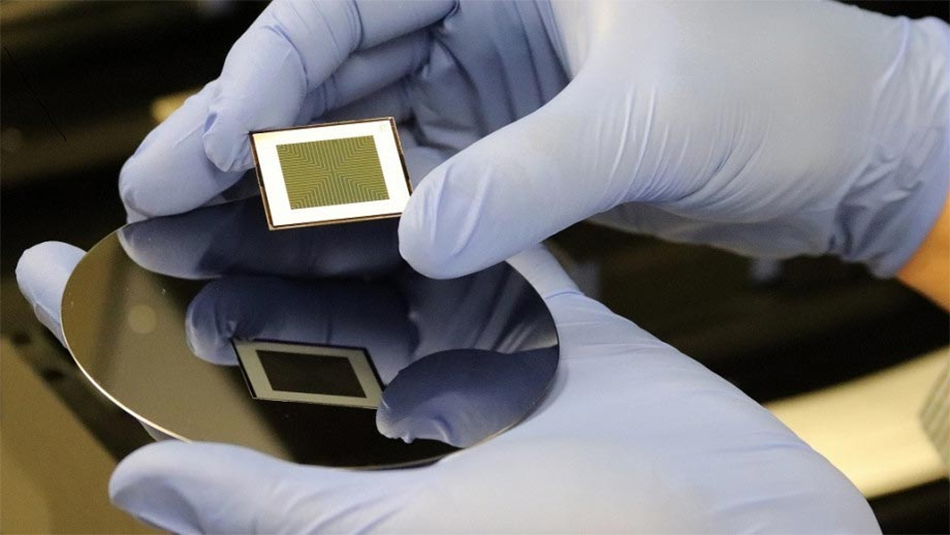Bifacial Solar Cells Set New World Record
Since 2020, double-sided solar panels were available in the market. Having two sides that can harvest energy from the sun, the panels increased their efficiency since they can gather sunlight on the top side and reflected ambient light on the reverse side. These double-sided solar panels were developed a few years back.
New development
There were some inefficiencies found in the earlier double-sided panels that other researchers identified.
Currently, Australian National University scientists have produced bifacial or double-sided solar panels that are more efficient. The scientists used laser processing, which created a more efficient product, and in so doing, set a new world record.
According to Dr. Kean Chern Fong, the bifacial solar cells that they produced can beat the performance of single-faced silicon solar cells. He said that they could create a true bifacial solar cell because the power generation capacity of their product is symmetrical on both surfaces.
The professor added that when the new bifacial solar panel is used on a conventional solar farm, the bifacial cell will absorb direct incoming light while also using ground reflection, efficiently contributing an additional power generation of up to 30 percent.
Today, bifacial solar cells are becoming extremely important in the implementation of solar farms. The cells are expected to generate more than 50 percent market share within five years.

Laser doping technology
The researchers used specific laser doping to produce the cells. The technology increases the electrical conductivity locally.
Although the technology uses a laser, the process is low-cost and industry-compatible. In addition, it helps boost the efficiency of the solar cell. Using the laser doping technology, the research team achieved a 24.3 percent front conversion efficiency. The rear conversion efficiency is 23.4 percent. Combined, it represents 96.3 percent generation capacity. The results were verified by the Commonwealth Scientific and Industrial Research Organization (CSIRO), an Australian government agency.
Bifacial solar cells – not a new concept
Creating bifacial solar cells is not new. Its origin was the satellite technology of the 1960s. Several manufacturers have solar panels offering 400W, with 30 percent additional output from the reverse side.
One of the world’s largest solar installations is in China, which uses bifacial solar cells. The solar installation located in Qinghai Solar Park generates 2.2GW of electricity. The solar park uses tracking racks that rotate to follow the sun’s angle. Since the solar panels are two-sided, they require fewer degrees of movement, reducing the complexity of the tracker and achieving an energy efficiency increase of five percent.
Another Chinese company, Arctech Solar, which is the fourth largest tracker exporter in the world, predicts that their bifacial solar panel design will increase the number of solar projects worldwide that are economically viable.
Previous problems
The bifacial solar panels produced before had problems with the surface that will reflect the light into the underside of the panel. Producers had to contend with weather and soil conditions to determine how much energy can be reflected and absorbed. Further, only a few locations have the ideal conditions of fair weather, soil, and sun to allow for year-round optimal energy generation. There were bifacial panels before that claimed an additional 25 percent output, but their availability was slim.
This is the problem addressed by the laser-doped bifacial solar panels produced by the research team from the Australian National University. With the capacity to absorb the same amount of light from the front and rear of the solar panels, they can provide additional power generation, which will increase the energy and cost-efficiency of solar farms.
As more countries and organizations are looking for renewable energy sources, this new product can be the harbinger of better things to come.
